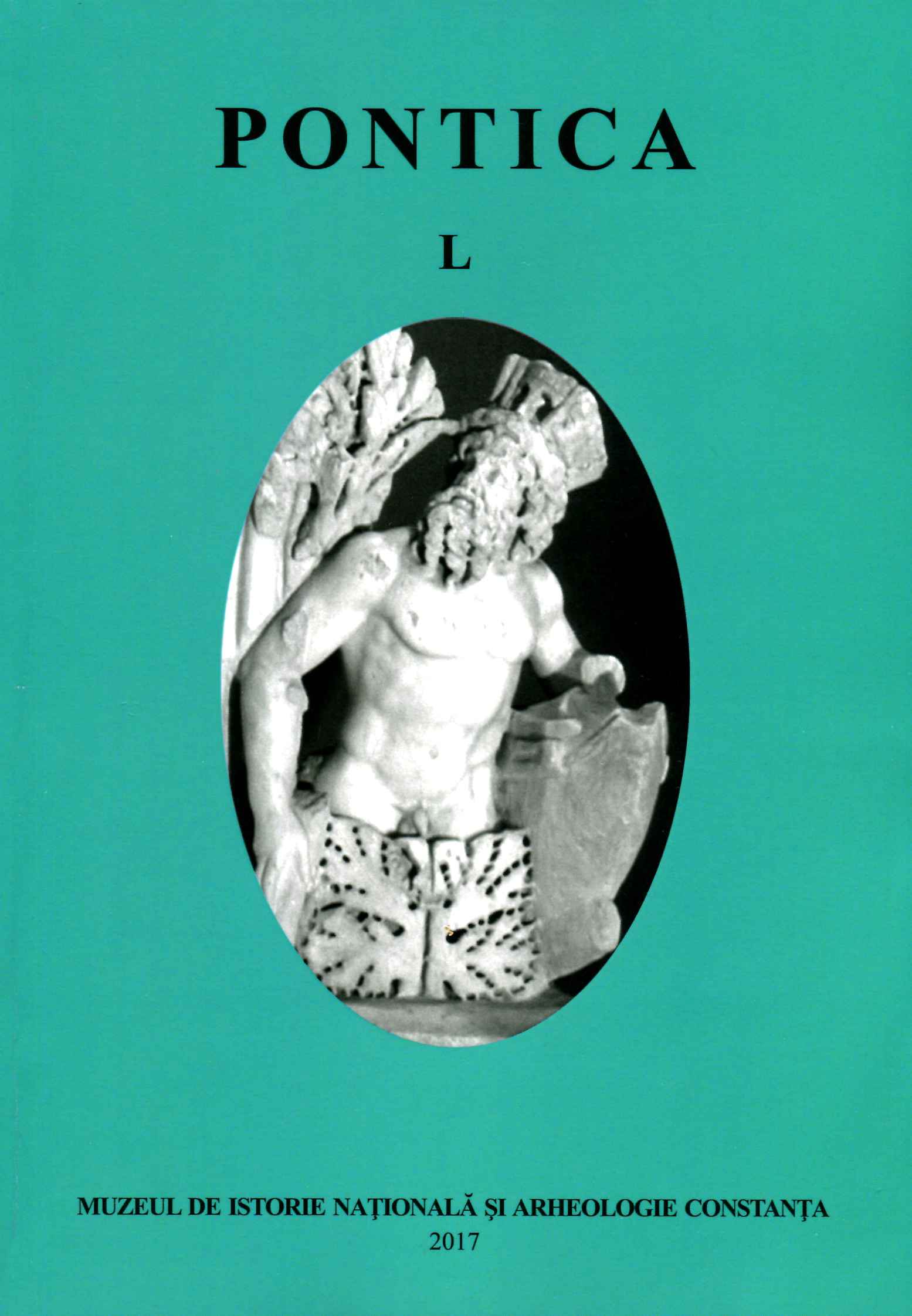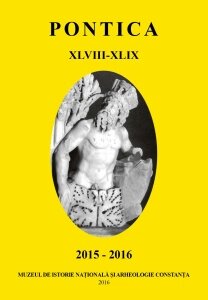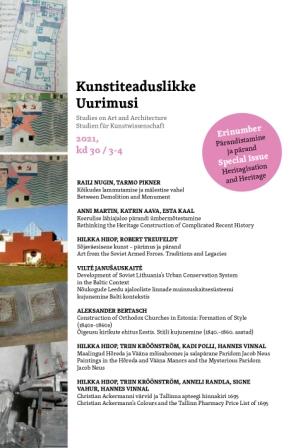Author(s): Gheorghe Mănucu – Adameșteanu,Mihaela Mănucu – Adameșteanu / Language(s): Romanian
Issue: 50/2017
Parmi l'inventaire archéologique, bien riche et diversifié, découvert à Păcuiul lui Soare, partiellement notifié en diverses publications, nous avons inventorié 30croix réliquaires pectorales (à décor en relief et gravé), dont quelques unes inédites. De cetotal, 20 exemplaires datent des Xe-XIIe siècles (plus précisement de la fin du Xe sièclejusqu’en 1122), tandis que les 10 autres sont à attribuer aux XIIIe-XIVe siècles (de lamoitié du XIIIe jusque à la seconde moitié du XIVe siècle). Notre étude est focalisée sur un ensemble choisi parmi la trentaine de croix réliquaires pectorales provenant de Păcuiul lui Soare: il s’agit de 14 réliquaires en bronze, que nous avons récensées dans les publications et, pour la plupart, vérifiées dans les collections des divers musées roumains. Le critère de cette séléction a été la technique dudécor (décor en relief). Les 14 exemplaires, dont on a dressé le catalogue, datent de lapériode médio-byzantine (971/972-1122). Ils ont été repartis, suivant leurs dimensions et l’conographie, en plusieurs catégories, chacune accompagnée de renvois à des analogies connues sur le territoire de la dép. Constanța:
I. Croix réliquaires de petites dimensions (catalogue 1-7)
I. A. Croix réliquaires à représentations classiques: sur l’avers l’image du Christ crucifié, sur le revers l’image de la Vièrge orante (catalogue 1-5) Cette catégorie compte les plus nombreuses découvertes dans la Dobroudja du Nord, dont on rappelle, à part les cinq réliquaires de Păcuiul lui Soare, les exemplaires provenant d’habitats situés au bord du Danube, tels que Capidava (une pièce), Hârşova (une pièce), Oltina – „Capu Dealului” (trois pièces), mais également en arrière-pays: Limanu (une pièce), Valu lui Traian (deux pièces).
I. B. Croix réliquaires à représentations classiques et bustes (catalogue 6-7) C’est une catégorie plus rare parmi les découvertes de croix réliquaires rapportées jusqu’à présent en dep. Constanța: à côté des deux pièces enrégistrées à Păcuiul lui Soare, les seules analogies à mentionner sont à trouver à Capidava (un exemplaire) et Valu luiTraian (un exemplaire).
II. Croix réliquaires de dimensions moyennes et grandes (catalogue 8-14)
II. A. Croix réliquaires à représentations classiques: sur l’avers l’image du Christ crucifié, sur le revers l’image de la Vièrge orante (catalogue 8-9)Ce type de croix réliquaire pectorale résulte moins présent parmi les découvertes récensées, puisqu’aux deux pièces trouvées à Păcuiul lui Soare on peut ajouter seulementun exemplaire, entier, provenant de Capidava.
II. B. Croix réliquaires à représentations classiques et bustes (catalogue 10-13)
II. B. 1.Croix réliquaires à représentations classiques et bustes libres(catalogue 10-11) Suivant la documentation actuelle, c’est une catégorie assez bien représentée, caraux deux réliquaires inventoriés pour Păcuiul lui Soare on peut associer les découvertes semblables de Capidava (un exemplaire), Hârşova (un exemplaire) et Oltina – „CapuDealului” (deux exemplaires).
II. B. 2. Croix réliquaires à représentations classiques et bustes enmédaillons (catalogue 12-13) Apparemment, ce groupe, constitué de deux pièces découvertes de Păcuiul lui Soare,ne trouve aucune analogie parmi l’ensemble des croix réliquaires provenant du dép.Constanța. L’étude des 14 croix réliquaires péctorales à décor en relief de Păcuiul lui Soare nousà permis d’y identifier de pièces dont on peut supposer une production régionale(Dobrudja), tel que l’exemplaire no. 14 de notre catalogue. L’analyse conjointe des découvertes provenant de Păcuiul lui Soare et de certains autres habitats de dép. Constanța nous a offert l’occasion d’y constater la présence descroix réliquaires péctorales en bronze à décor en relief à partir de la seconde moitié du Xe siècle jusqu’à la première moitié du XIIe siècle.
More...



